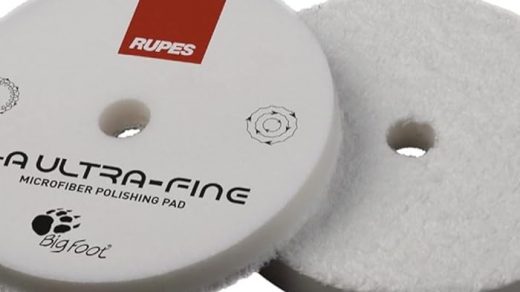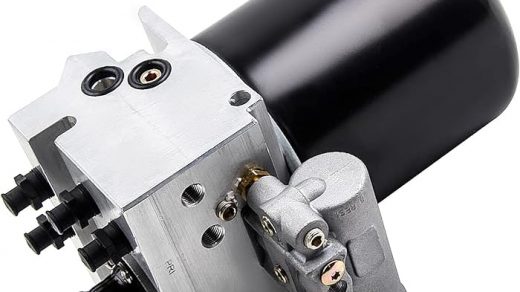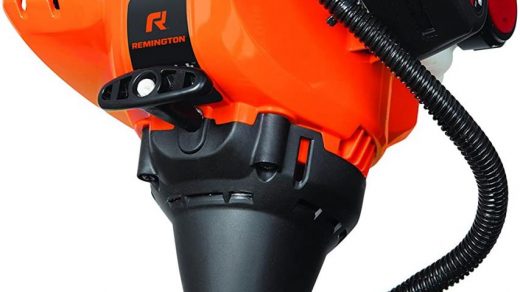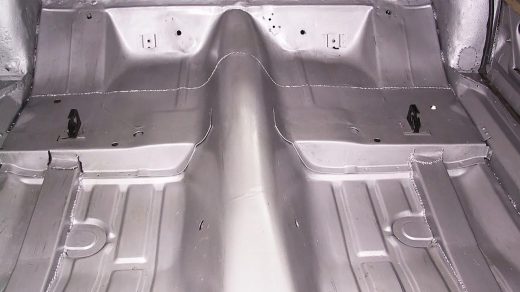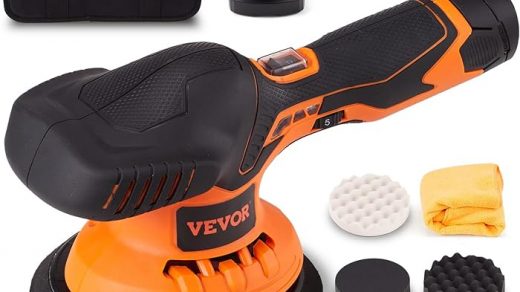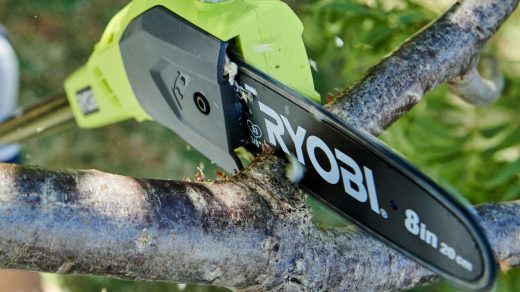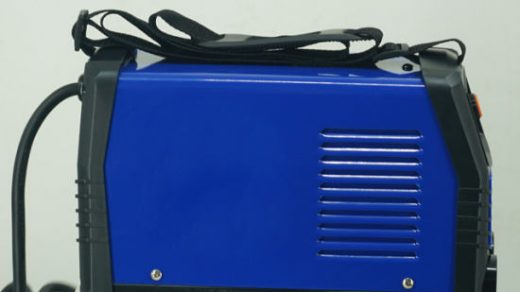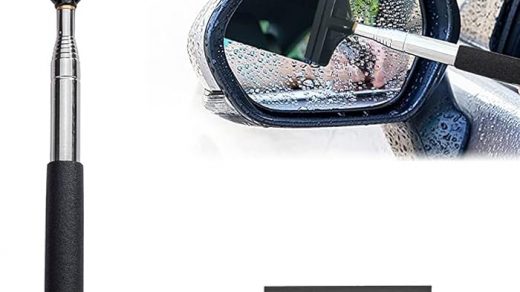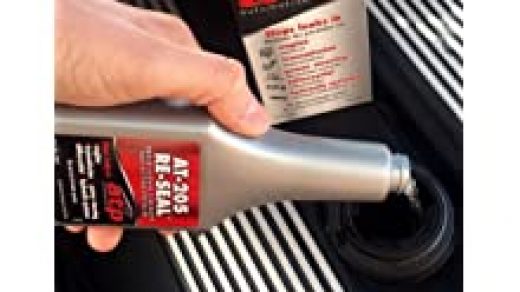ECCPP Kevlar Carbon Fiber Brake Pads
Which is better Kevlar or carbon brake pads?
After reading various threads, I’m thinking Kevlar/Carbon would suit me fine. Good overall performance in all types of conditions. A complete set of these can be found for $25 on D2MOTO. But, maybe a better alternative are the ceramics for $50 from SIXITITY.
What makes carbon fiber the best brake material?
Our carbon fiber-reinforced carbon (C/C) brakes offer high thermal shock resistance and consistent, fade-free braking performance at low weight and high abrasion resistance. The brake rotor and brake pads are made entirely of C/C, as this material has both constructive and frictional properties.
Which is the best material for brake pads?
Braking response is linear no matter what the brake temperature. Aramid fibers are a strong and heat-resistant synthetic material. The fiber stand up to temperatures up to 500 C. Para-aramid composites create little dust and contain no asbestos.
What kind of copper is used in brake pads?
Upcoming regulations on copper content are changing material use industry-wide. Brake pad materials often vary within the same product line, depending on the platform. TRW lists copper-free ceramic, semi-metallic, and low metallic within its same Ultra series.
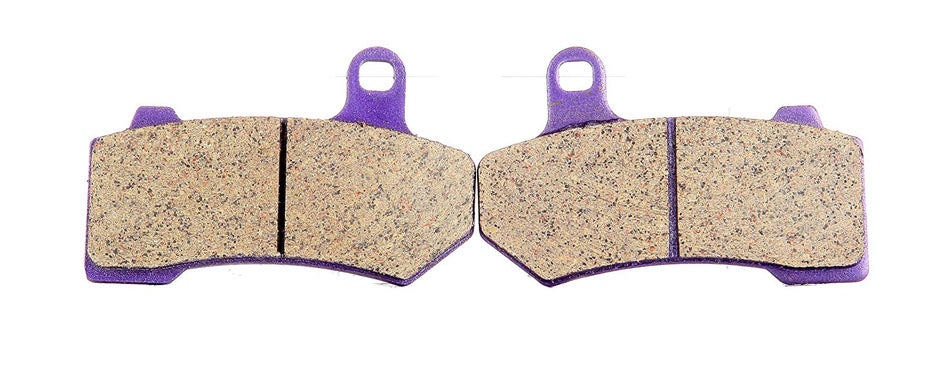
Here we have a set of three pairs of Kevlar carbon brake pads that will fit a 2008-2014 Harley-Davidson VRSCF V-Rod Muscle. You get fingertip control and predictable brake response. You can rely on the superb stopping power but won’t have to worry about noise or rotor galling. These pads will suit all riding conditions.
They are made from high-strength fibers to deliver improved thermal stability. These pads are durable and reduce abrasion.
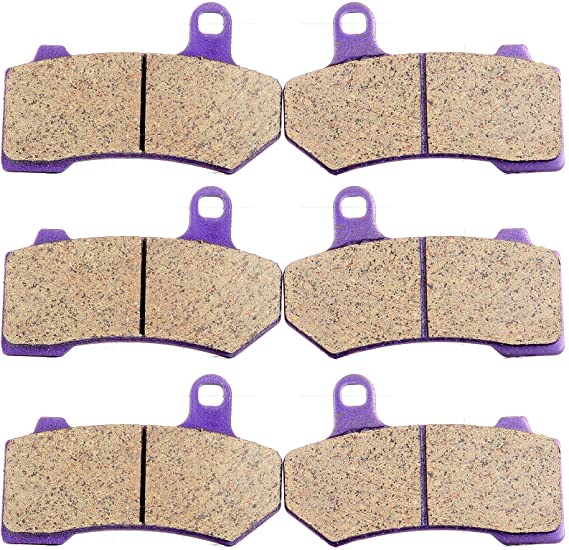
Carbon Fiber Brake Pads ECCPP Motorcycle … – Belize | Desertcart
KEVLAR CARBON BRAKE PADS FIT – 2008-2014 Harley-Davidson VRSCF V-Rod Muscle. POSITION and FUNCTION – Front and Rear; Fingertip control and strong, …
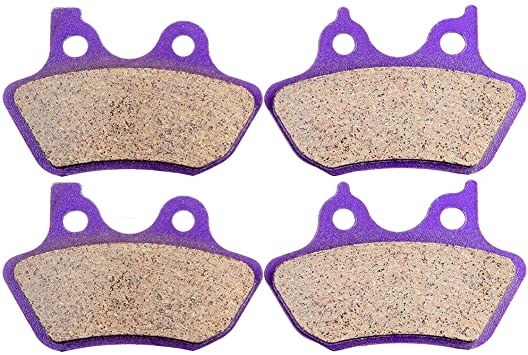
Welcome to the Every Who Makes Eccpp Brake Pads – prepona.info
Kevlar Carbon Fiber Brake Pads ECCPP Motorcycle Replacement … ECCPP Rear Disc Rotors Ceramic Pads with Brake pads wear … img. ECCPP Brake Pads Kits …
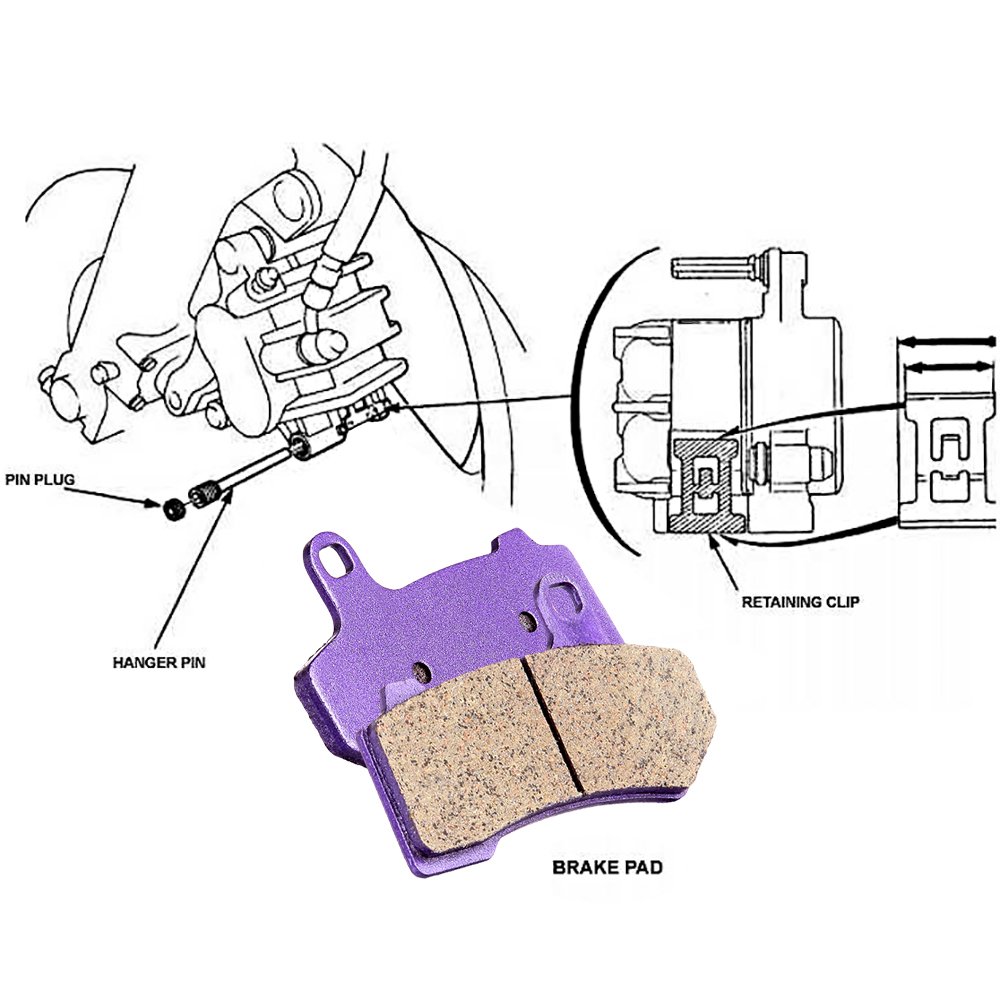
ECCPP FA94 Brake Pads Front Kevlar Carbon Fiber Replacement …
Buy ECCPP FA94 Brake Pads Front Carbon Fiber Replacement Brake Pads Kits Fit for 1984 1985 1986 1987 1988 1989 1990 1991 1992 1993 1994 1995 1996 1997 1998 …
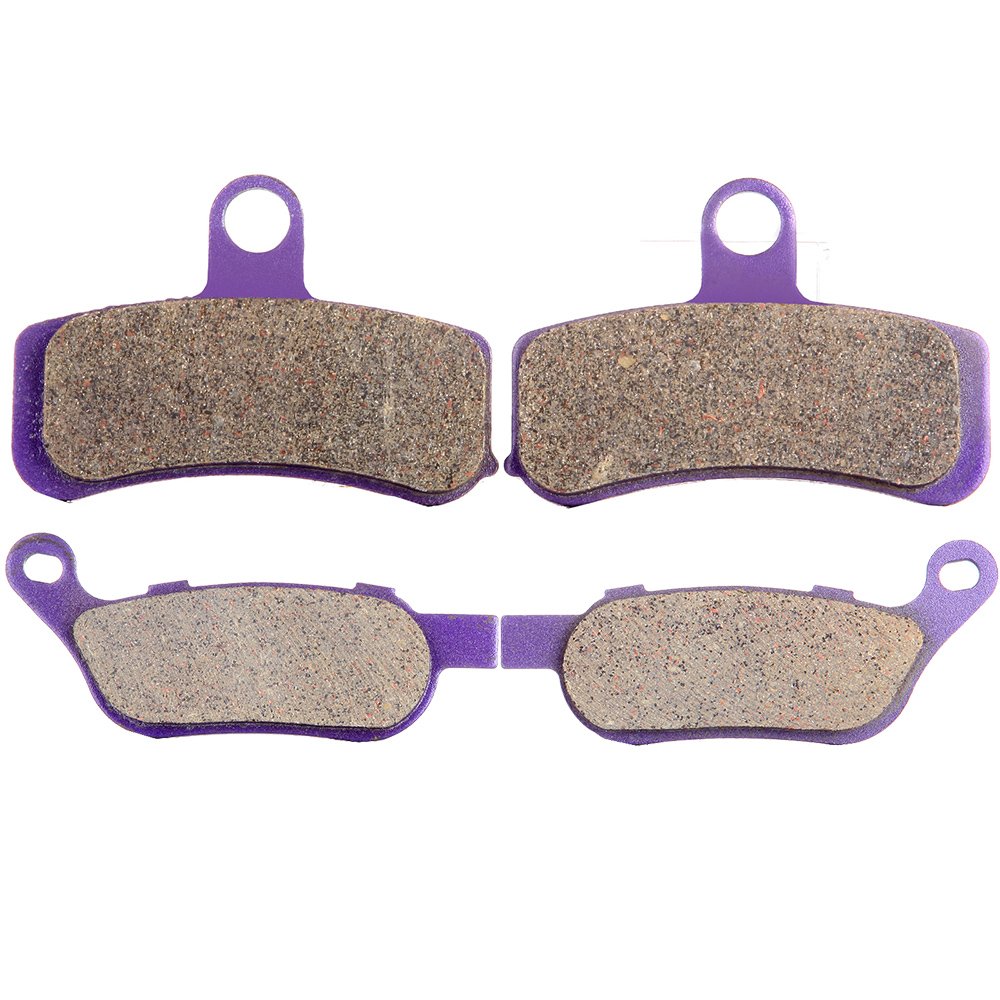
Carbon Fiber Brake Pads ECCPP Motorcycle Replacement Front …
This product is not Fulfilled by Ubuy and can take minimum 10 days in delivery. We might cancel the product from the order and refund you if any issue arise …
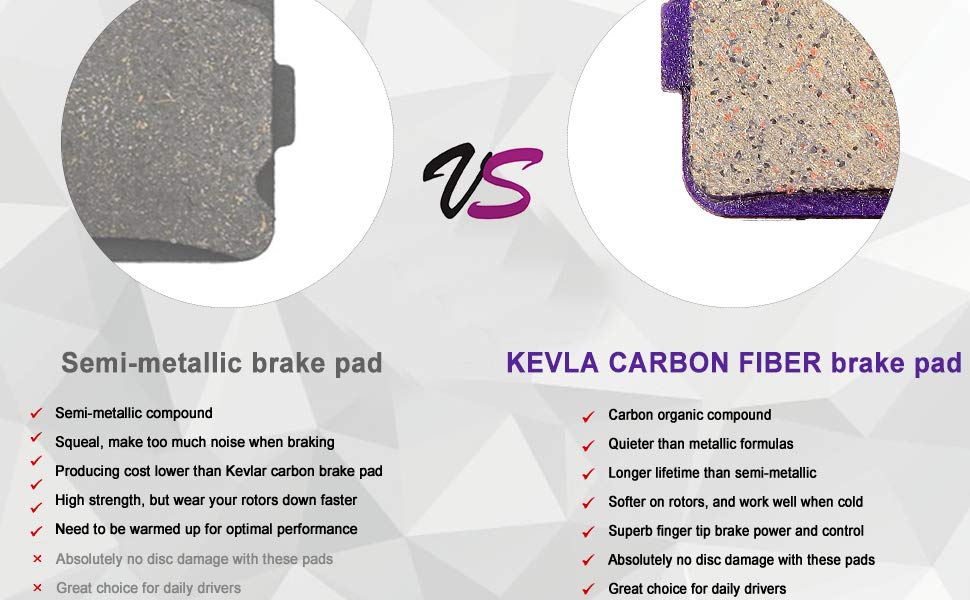
Moog K160197 Strut Mount – Human Edge
GEARWRENCH 81649 19x21mm Flare Nut Wrench, ECCPP FA135 FA165 FA137 Brake Pads Front and Rear Kevlar Carbon Fiber Replacement Brake Pads Kits Fit for …
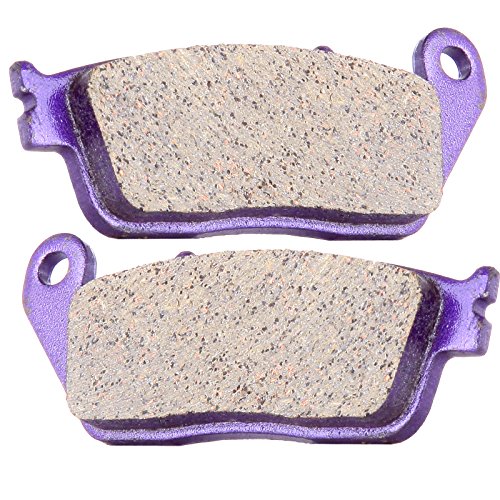
Best Brake Pads for Harley Davidson Touring – Top 6 – GearsLoft
Carbon Fiber Brake Pads ECCPP Motorcycle … And the use of carbon and Kevlar …
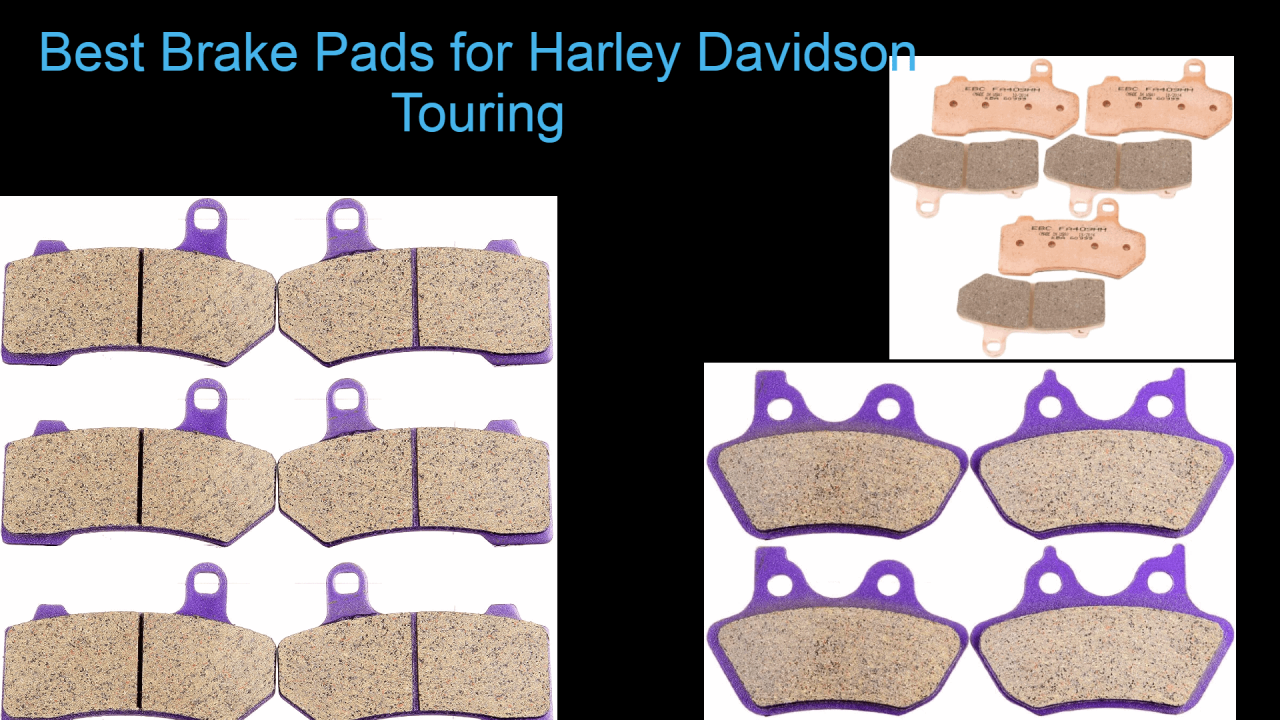
ECCPP FA54 Brake Pads Front and Rear Kevlar Carbon Fiber …
image Source:Best Brake Pads for Harley Davidson Touring Reviews 2021
and Rear Kevlar Carbon Fiber Replacement Brake Pads Kits Fit for 1990-2006 Yamaha Banshee 350,2003-2006 Blaster 200,2011 125,1989-2004 Warrior …
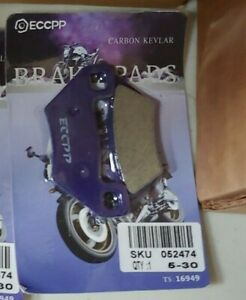
White Horse Running in the Water Custom Laptop Sleeve Case …
… ECCPP FA203 Brake Pads Front Kevlar Carbon Fiber Replacement Brake Pads Kits Fit for 1991 1992 1993 1994 Honda CBR600F2 052422-5211-1605159652 …
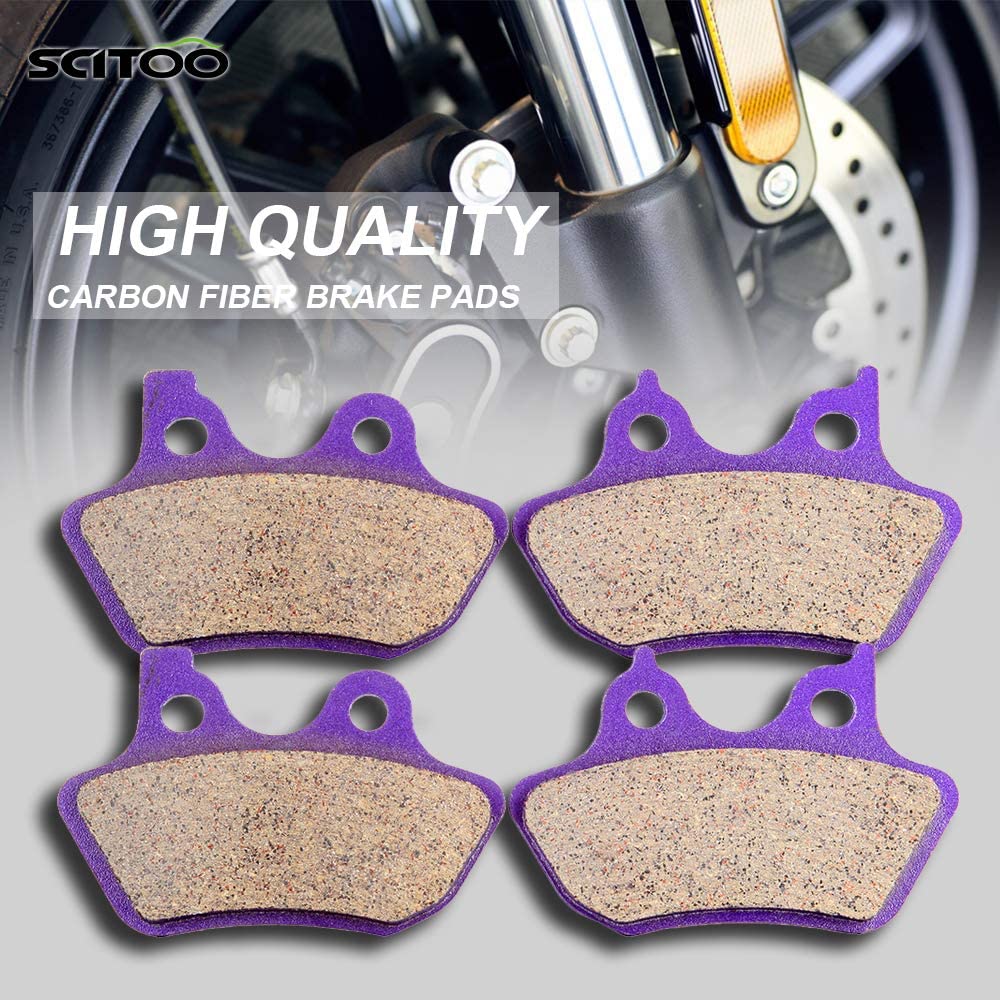
Best Brake Pads for Harley Davidson Touring – Buyer’s Guide
In this article, we take a look at the top four brake pads for Harley Davidson … 4 Carbon Fiber Brake Pads ECCPP for Harley Davidson.
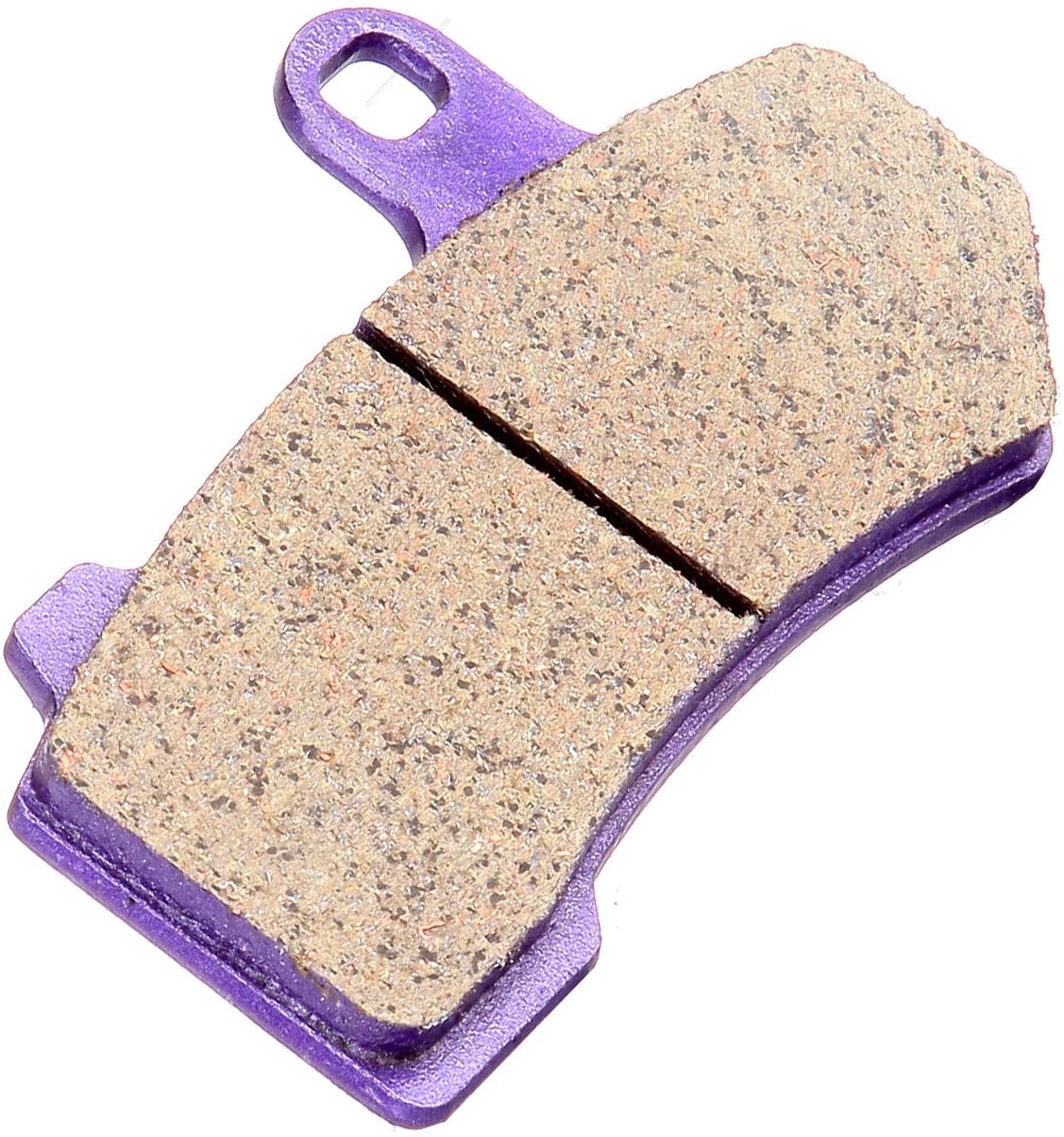
brake pads suzuki Prices – PriceCheck
brake pads suzuki Prices | Compare Prices & Shop Online | PriceCheck. … Toyota D3552 4X4 SUV Front Brake. … ECCPP Kevlar Carbon Fiber Brake.
